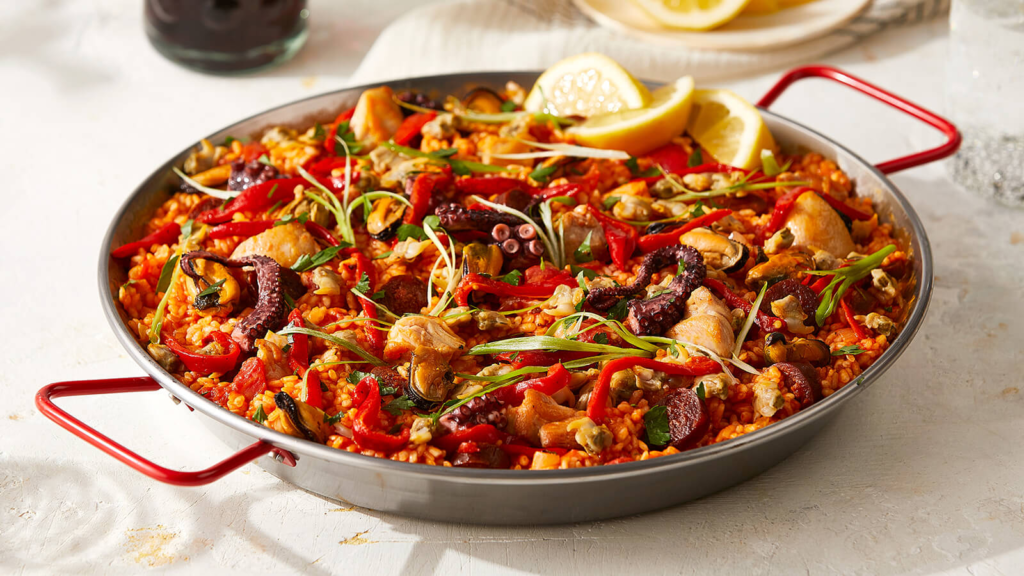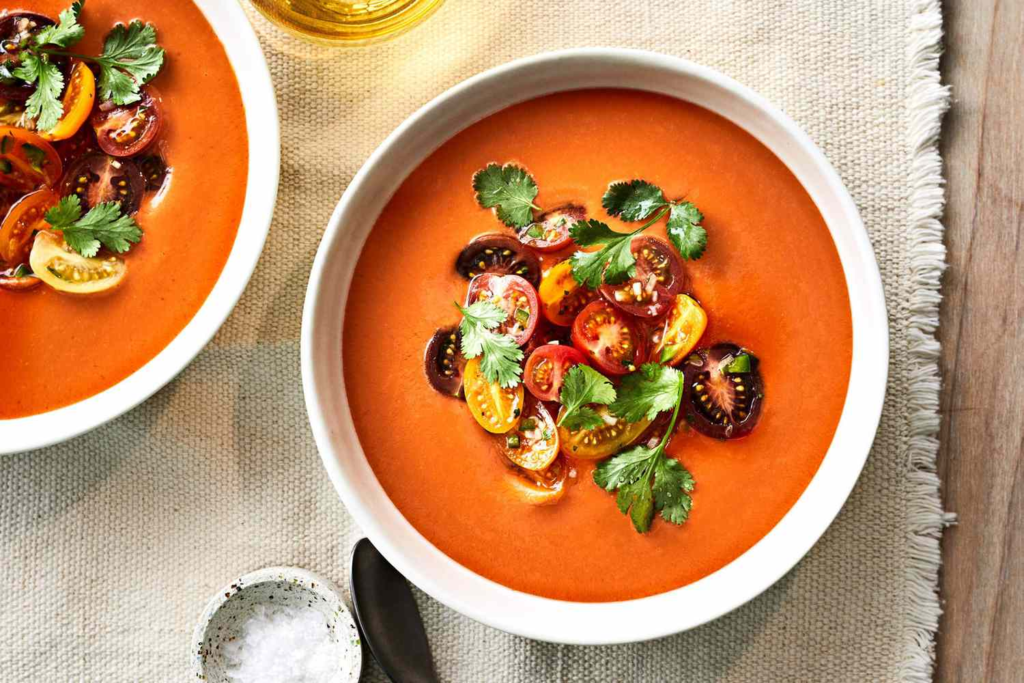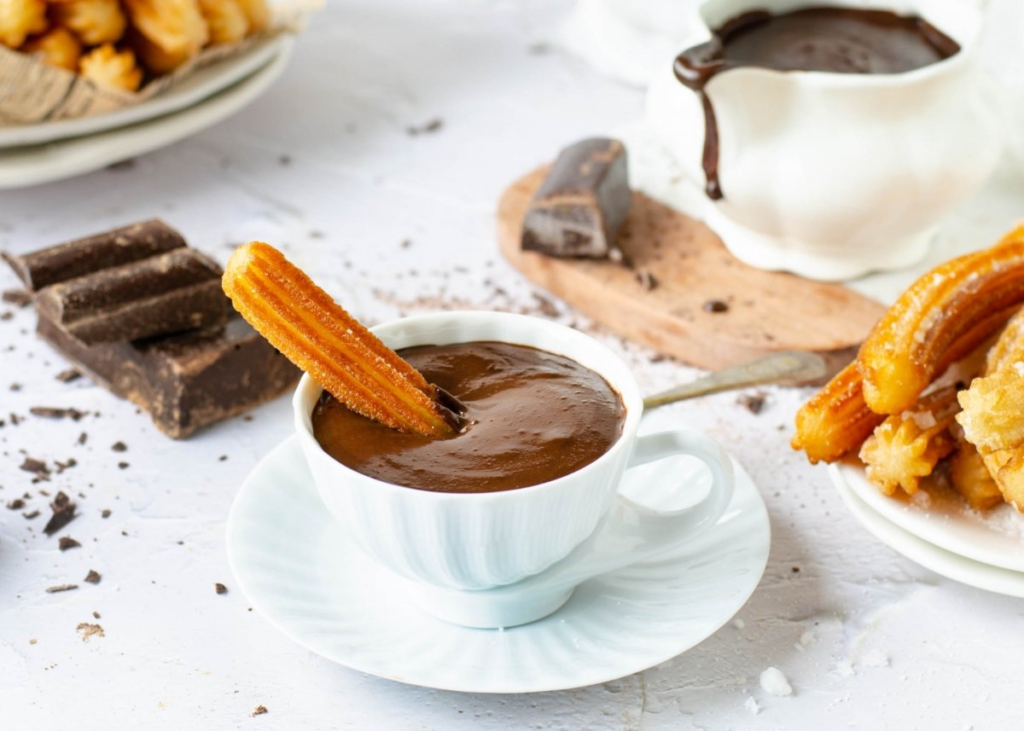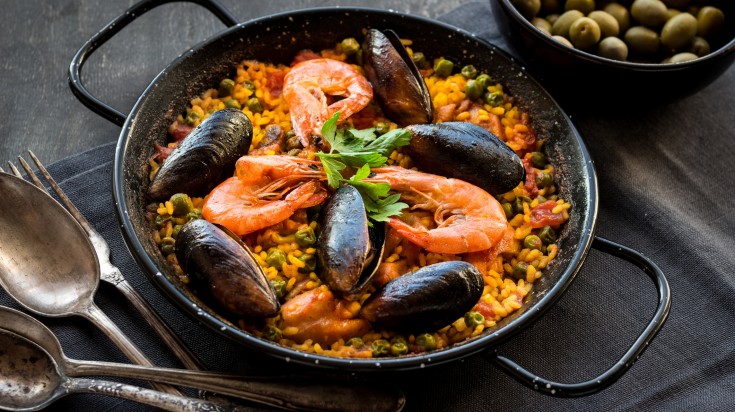Spain foods is renowned for its rich culinary heritage, with each region boasting its own unique dishes, ingredients, and cooking methods. From the bustling streets of Madrid to the sun-soaked shores of Valencia. The country offers an array of tantalizing dishes that reflect its long history, blending tradition with innovation. Here, we’ll explore seven of the best foods in Spain, breaking down their flavors, origins, prices, and where to find them.
1. Paella (Valencia)

No discussion of Spanish foods is complete without mentioning paella, the quintessential dish from Valencia. Originally a farmer’s meal, this flavorful rice dish has become synonymous with Spain’s culinary identity. Traditionally made with rabbit, chicken, and beans, it’s now most commonly associated with seafood. The golden yellow hue of the rice comes from saffron, an essential spice that gives paella its signature aroma.
Where to Try: While paella can be found throughout Spain, the best place to experience it is in its birthplace, Valencia. Many local restaurants offer variations, but to enjoy an authentic paella, head to the La Pepica restaurant along Valencia’s beachfront, a favorite of both locals and tourists.
Price and Timing: Expect to pay around €15 to €25 per person for a well-made paella in a reputable restaurant. Most restaurants begin serving paella at lunchtime, with 1:30 PM being the prime time to indulge.
Keep reading: 7-Day Planing for Visiting Spain
2. Jamón Ibérico (All Over Spain)

Jamón Ibérico is Spain’s pride and joy. This cured ham is made from black Iberian pigs, primarily raised in the southern and western parts of the country. The pigs are fed a diet of acorns, which gives the ham its rich, nutty flavor and melt-in-your-mouth texture. Jamón Ibérico comes in various grades, with Jamón Ibérico de Bellota being the most coveted, as these pigs are raised on a diet exclusively of acorns.
Where to Try: For a premium experience, try Cinco Jotas in Seville, one of the best places to savor high-quality Jamón Ibérico. There are also local markets, like Madrid’s Mercado de San Miguel, where you can enjoy it sliced fresh from the leg.
Price and Timing: Jamón Ibérico varies in price, but expect to pay around €60 to €100 per kilogram for mid-range quality. For the finest Jamón Ibérico de Bellota, prices can reach €150 per kilogram. Slices are typically enjoyed as tapas, best savored at any time of the day alongside a glass of Spanish wine.
3. Tortilla Española (All Over Spain)

The Tortilla Española (or Spanish omelet) is a simple yet beloved dish and foods , made with eggs, potatoes, onions, and sometimes, chorizo or ham. This thick, hearty omelet is served in slices and can be enjoyed either hot or cold, making it a versatile staple in Spanish cuisine. It’s often served as a tapa, but also works as a satisfying meal on its own.
Where to Try: Madrid’s Casa Dani, located in the bustling Mercado de la Paz, is often hailed as serving the best tortilla in the city. The tortilla here is perfectly cooked, golden and crisp on the outside, and soft and creamy in the middle.
Price and Timing: A slice of tortilla will typically cost between €3 to €5, depending on the restaurant. It’s a popular snack at all times of the day, but many Spaniards enjoy it during la merienda (an afternoon snack around 5 PM).
4. Gazpacho (Andalusia)

For a refreshing taste of southern Spain foods , gazpacho is a must. This cold tomato-based soup, originating from Andalusia, is perfect for hot summer days. It’s made with ripe tomatoes, cucumbers, peppers, garlic, and olive oil, all blended together for a smooth, refreshing finish. Some variations also include bread for a thicker consistency, but the beauty of gazpacho lies in its simplicity and freshness.
Where to Try: Visit Bodeguita Romero in Seville, where you can find traditional Andalusian gazpacho foods served in its purest form. It’s also a common dish at local chiringuitos (beach bars) along the southern coast.
Price and Timing: A bowl of gazpacho typically costs around €4 to €6. It’s a dish best enjoyed during lunch or as a starter in the early afternoon, especially in the warmer months between May and September.
5. Pulpo a la Gallega (Galicia)

Hailing from the northern region of Galicia, Pulpo a la Gallega (Galician-style octopus) is a beloved dish that showcases Spain’s seafood mastery. Tender pieces of octopus are boiled and then served with a sprinkling of paprika, salt, and olive oil. The octopus is typically served on a wooden plate, often alongside boiled potatoes (called cachelos).
Where to Try: The coastal town of O Carballiño in Galicia is famous for its Festa do Pulpo, an annual festival celebrating this dish. If you’re not visiting during festival time, check out Pulperia Ezequiel in the town of Melide for one of the most authentic octopus experiences.
Price and Timing: In restaurants, Pulpo a la Gallega generally costs between €12 to €20, depending on the portion size and location. It’s commonly enjoyed as a main course during lunch or dinner, with portions large enough for sharing.
6. Churros con Chocolate (All Over Spain)

A popular Spanish dessert or snack, churros con chocolate is the perfect sweet indulgence. Churros are long, deep-fried dough pastries that are crispy on the outside and soft inside. They are served with a thick, rich hot chocolate that’s perfect for dipping. While they are often eaten for breakfast, churros are equally loved as an afternoon or late-night treat.
Where to Try: The most famous place to enjoy churros in Madrid is Chocolatería San Ginés, open 24 hours a day. Established in 1894, this café has been serving piping hot churros con chocolate to generations of locals and tourists.
Price and Timing: A serving of churros con chocolate will cost you around €4 to €6. Spaniards often enjoy them as a late breakfast or merienda (afternoon snack), but churros are especially popular during festivals and holidays, sometimes even consumed as a late-night snack after a long night out.
7. Patatas Bravas (All Over Spain)

Patatas Bravas is one of Spain’s most iconic foods and tapas. This dish consists of fried potato cubes topped with a spicy tomato sauce, sometimes accompanied by aioli. Simple yet bursting with flavor, patatas bravas are the perfect accompaniment to a cold beer or a glass of tinto de verano (a summer red wine cocktail).
Where to Try: Patatas Bravas can be found in almost any tapas bar across Spain, but Madrid is particularly famous for its versions. One of the top spots to try them is at Las Bravas, a restaurant that has been perfecting this dish for decades.
Price and Timing: A portion of patatas bravas usually costs between €3 to €6, depending on the size and restaurant. It’s a dish enjoyed in the early evening, typically between 6 PM and 9 PM, during Spain’s traditional tapas hour.
Keep reading: 10 Days in Spain: A Full Detailed Planing









